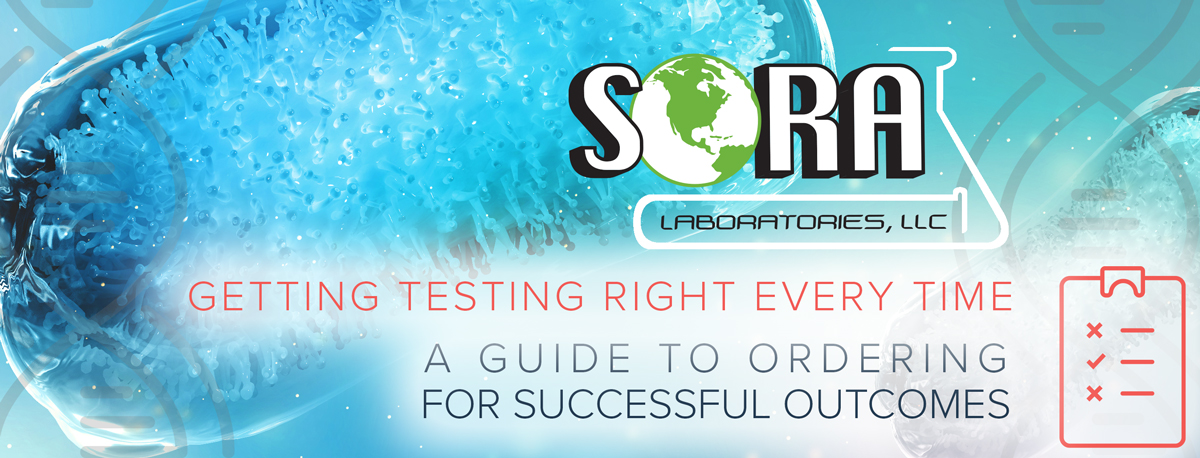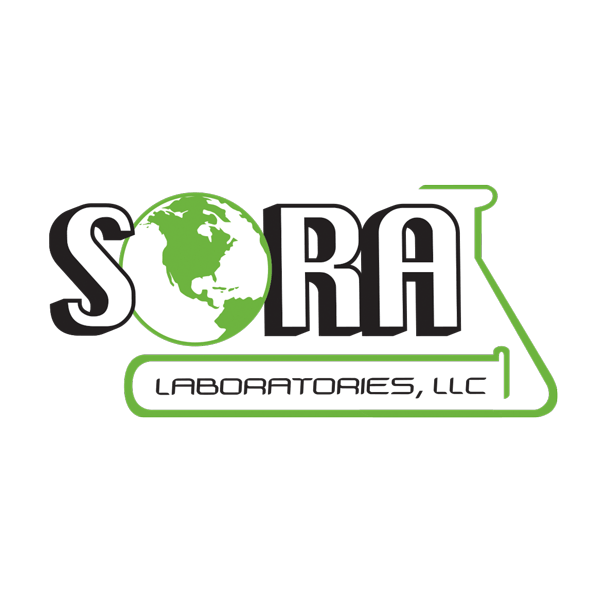Looking for a simplified way to figure out your testing needs? Here is a chart of SORA Labs billing codes and associated microbiology testing, which shows how test results will be formatted.
Using this chart can help you determine which microbiology test to order to match your given specification and turn-around-time (TAT) required.
Micro Spec Charts:
AOAC Petrifilm™ Methods
[table id=1 /]
Pour Plate Methods (FDA/BAM or USP)
[table id=2 /]
Rapid Biolumix Methods
These methods report </> your specification and are not quantitative
[table id=3 /]
Occasionally, customers need a certificate of analysis (cofa) to be updated due to a specification
issue. Here is one scenario:
Question: Can a cofa be updated to reflect a microbiology specification of negative on Escherichia coliform (E.coli) instead of <10 cfu/g?
Answer: No, because the E.coli test that reported as “negative” was not ordered.
How to place the right testing order: If you need Staphylococcus aureus (S.aureus) to report as negative/10g, then you need to order test codes B0191 or B0371 (see chart). Both these test codes have results that can be reported as negative. The B0371 Biolumix® option will only report as negative or positive, whereas the pour plate method will give you an actual count if there is S.aureus present in the sample.
Quality control is a continual process. Understanding which method to order to give you the
required results can be a challenge because of the many microbiology method choices. We’re the experts—Let us know what specifications you need and we can suggest the best method to meet your requirements. We are here to help! Call or email us anytime!


